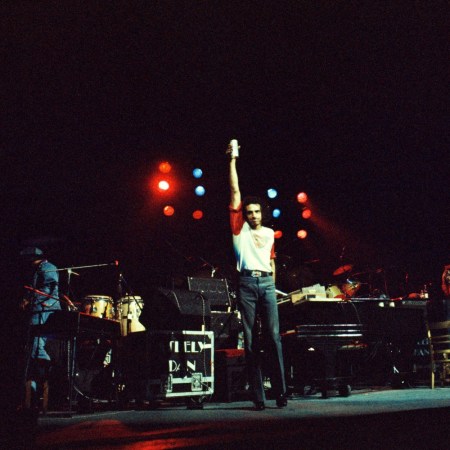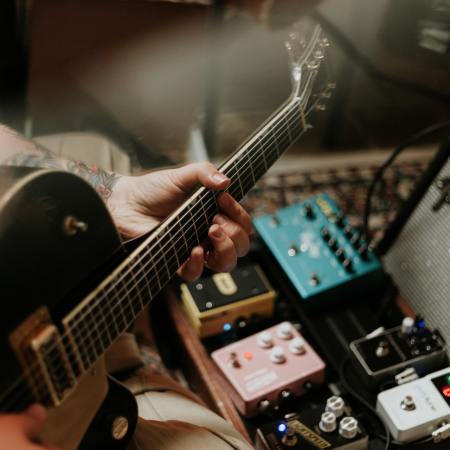Looking back on the beloved songs of a certain era can be something of a crapshoot, depending on the artist and music involved. Some hits sound very much of their time, for better or for worse — that can translated into bringing back memories in the best cases and aging terribly in the worst. The music of Creedence Clearwater Revival, though, still has a timeless urgency to it.
“[A]rguably the band’s most striking accomplishment is the way its music registers now – as a set of brilliant, interconnected flashes, elements in a mythology,” wrote Tom Moon in a 2019 article for NPR. Which begs the question: just how did that mythology begin?
A new biography of the band, A Song for Everyone: The Story of Creedence Clearwater Revival, offers a look at the circumstances and sounds that made the band. (Its author, John Lingan, has also written memorably about the group’s 1970 album Cosmo’s Factory for Pitchfork.) And in an excerpt from the book, published at Literary Hub, Lingan explores the band’s surge in popularity.
Lingan zeroes in on the band’s embrace of moderation, writing that “everyone noticed that Creedence stuck to beer, if that, and only after performances.” (Though this didn’t prevent members of the Grateful Dead from trying to dose them.) This helped them build a reputation but put them at relative odds with many of their more hard-living peers in the Bay Area.
That did, Lingan writes, endear them to promoter Bill Graham, who had a similar ethos. As he writes, following the band’s successful four-night residency at Fillmore West, “Graham bought them all engraved Omega Seamaster watches and paid them cash bonuses.”
Creedence Clearwater Revival’s early years offer a complex way of looking at rock history — both in terms of national fame and local frustration. But along the way, the group created some of the most enduring songs ever written — all with a bravura that continues to impress.
Thanks for reading InsideHook. Sign up for our daily newsletter and be in the know.


















